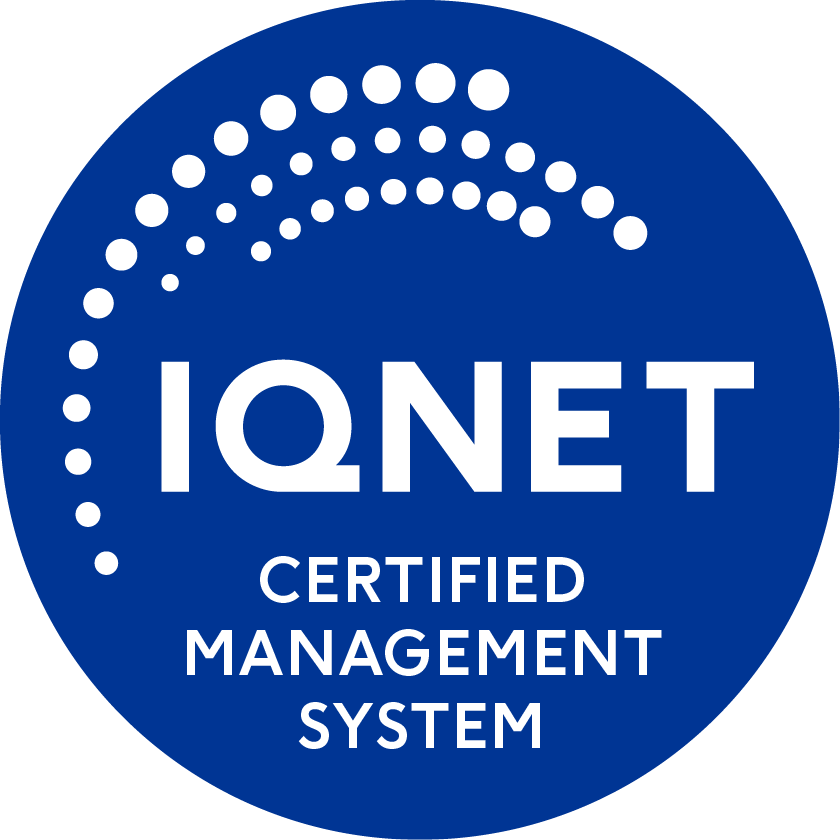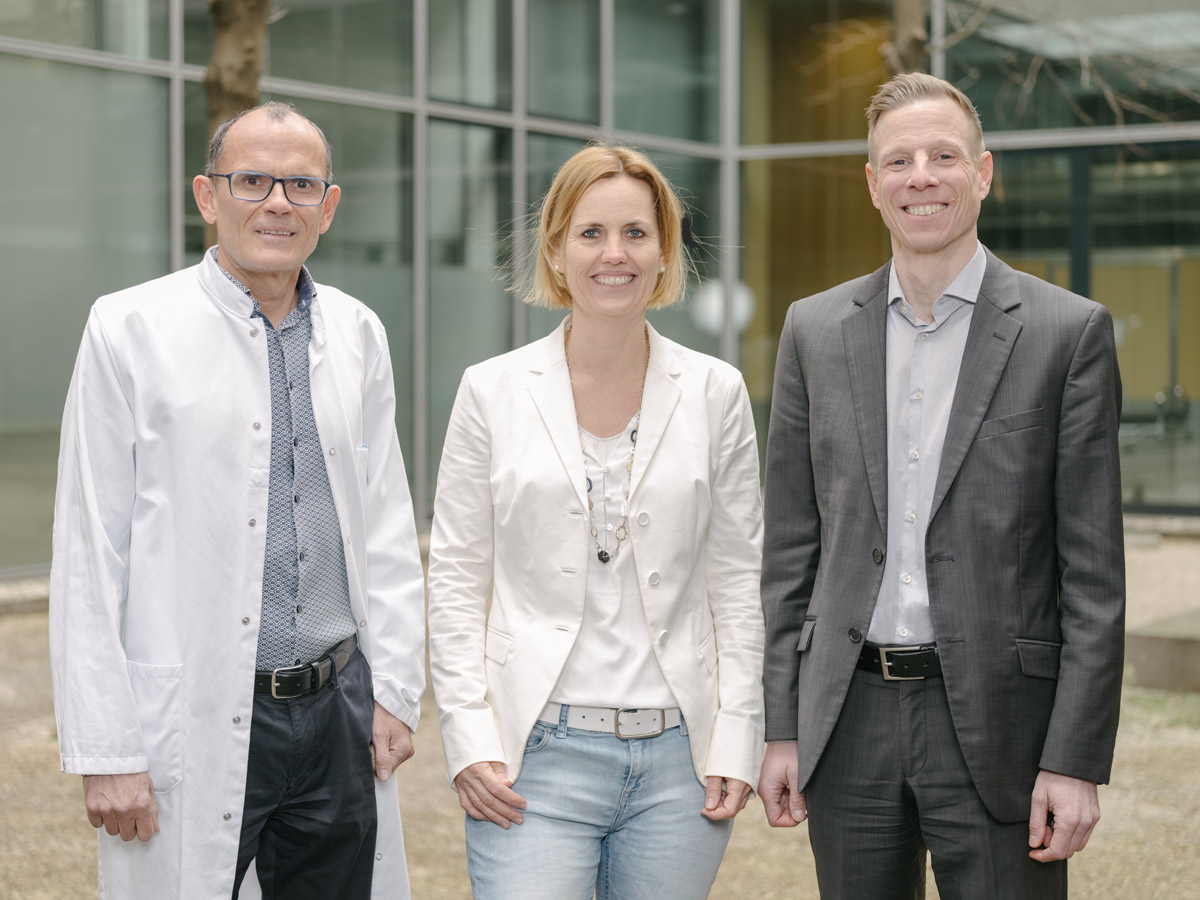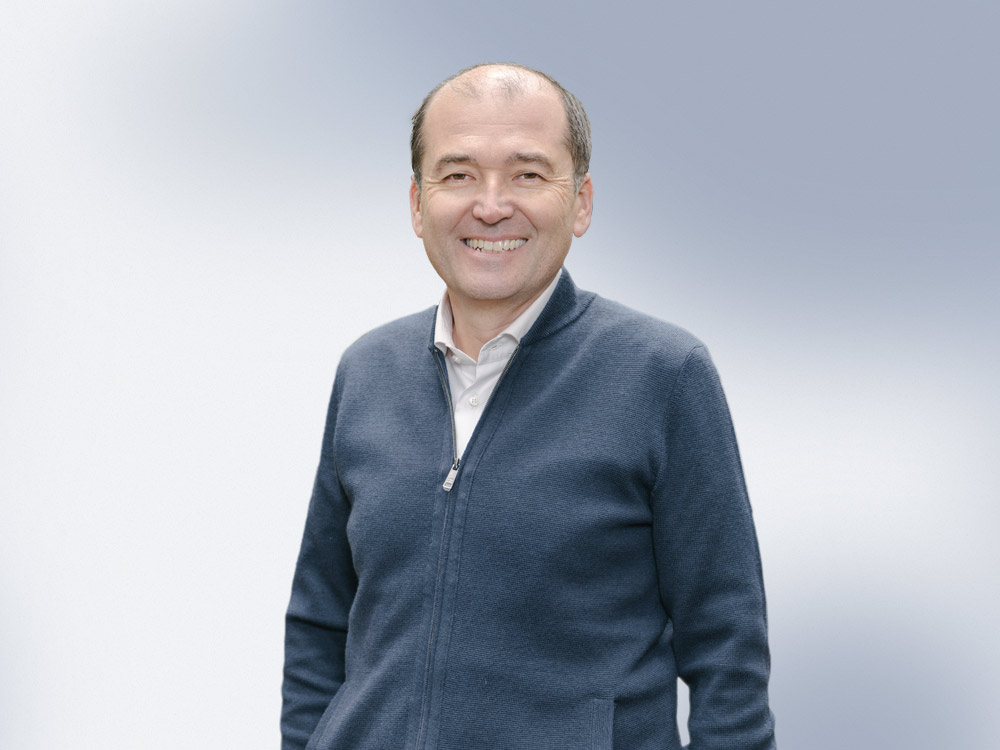Advancing stroke research for a healthier future
Advancing stroke research
for a healthier future
At VASCage, we are dedicated to making groundbreaking discoveries in stroke research.
Our team of experts is committed to improving treatments and outcomes for stroke patients.


Centre on Clinical Stroke Research
We develop game-changing strategies and technologies to prevent, diagnose and treat stroke.
OUR VISION
Our vision is to extend the healthy lifespan by prevention and optimal treatment of stroke.
OUR MISSION
Our mission is to conduct top quality clinical trials and life science research to translate scientific findings into new products, processes and services.
Translational Stroke Research and Development
We offer
- Research cooperation
- Services and solutions

CSO Stefan Kiechl
CEO Matthias Ullrich
CFO Manuela Bock-Bartl

Head of Business Development
News and Events
Translational Stroke Research and Development
VASCage puts cutting-edge stroke research into practice. Are you in need of a competent research partner for your project idea? Are you developing a medical device or product? We offer:
Research cooperation
Ut enim ad minima veniam, quis nostrum exercitationem ullam
Business opportunities
At vero eos et accusamus et iusto odio dignissimos ducim
1.5M+
Sed ut perspiciatis unde omnis iste natus error sit voluptatem
